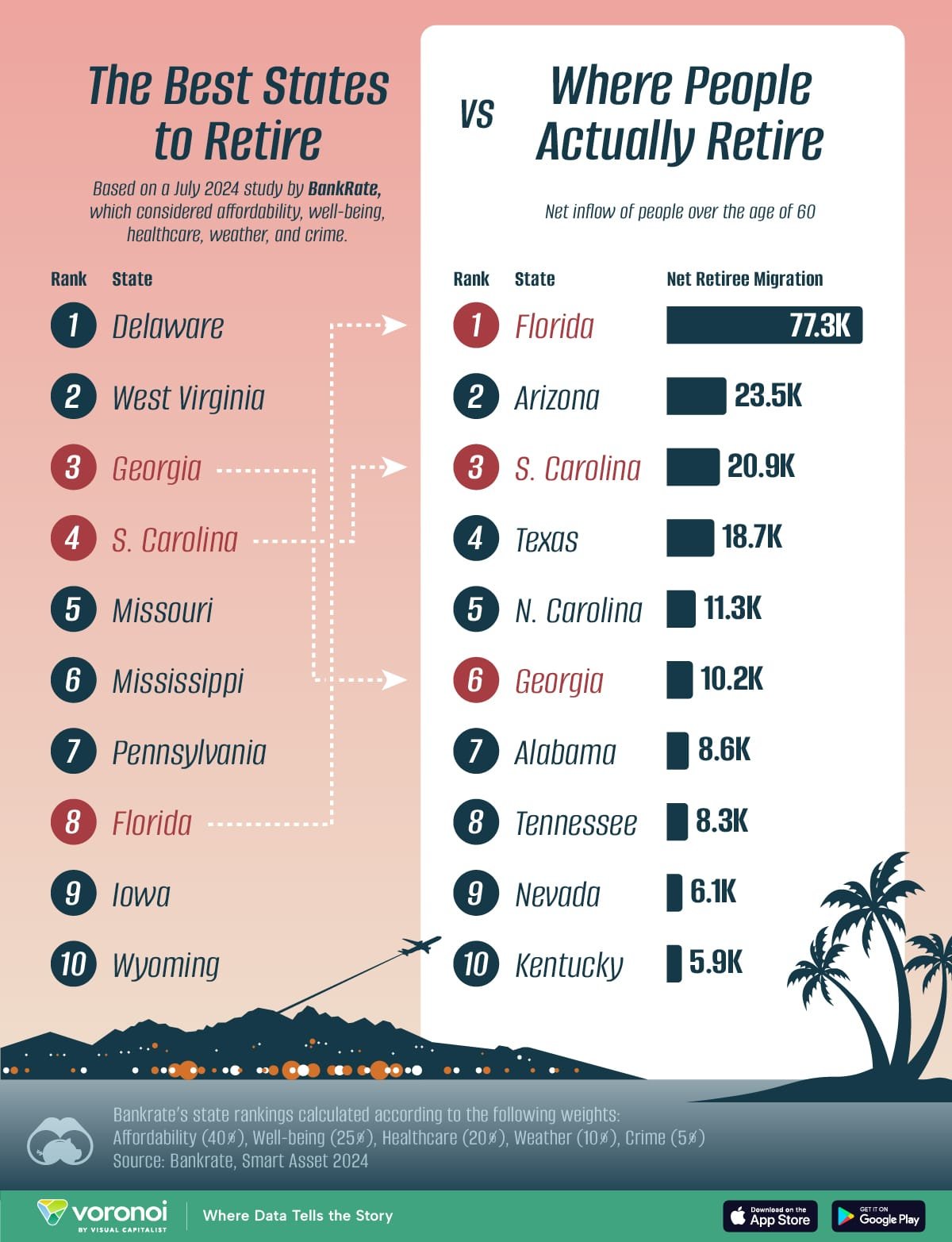
HDFC Bank Limited is one of India’s largest private sector banks, providing a wide range of financial services to individual and corporate clients. Established in 1994, HDFC Bank has grown rapidly and is recognized for its robust retail banking, wholesale banking, and treasury operations.
A significant portion of HDFC Bank’s revenue comes from net interest income (NII), which is generated from the difference between interest earned on loans and interest paid on deposits. The bank offers various loans, including personal loans, home loans, auto loans, and credit cards, catering to the diverse needs of its customers.
Another critical revenue stream is fee-based income, which includes charges for services such as account maintenance, transaction fees, and commissions from investment products and insurance services. HDFC Bank has a strong distribution network that allows it to cross-sell products effectively.
Additionally, HDFC Bank has a growing wholesale banking segment that provides services to large corporations, including corporate loans, trade finance, and treasury services. The bank’s focus on digital banking has also driven innovation in its services, enhancing customer experience and operational efficiency.
Here’s a breakdown of HDFC Bank’s revenue streams:
| Revenue Stream | Contribution (%) | Key Services/Products |
|---|---|---|
| Net Interest Income | 60% | Loans (Personal, Home, Auto) |
| Fee-based Income | 25% | Account Charges, Transaction Fees |
| Wholesale Banking | 15% | Corporate Loans, Trade Finance |
HDFC Bank’s emphasis on digital banking, customer service, and risk management has positioned it as a leader in the Indian banking sector, enabling it to adapt to changing market dynamics and regulatory environments. The bank is committed to expanding its presence and improving financial inclusion across India.




